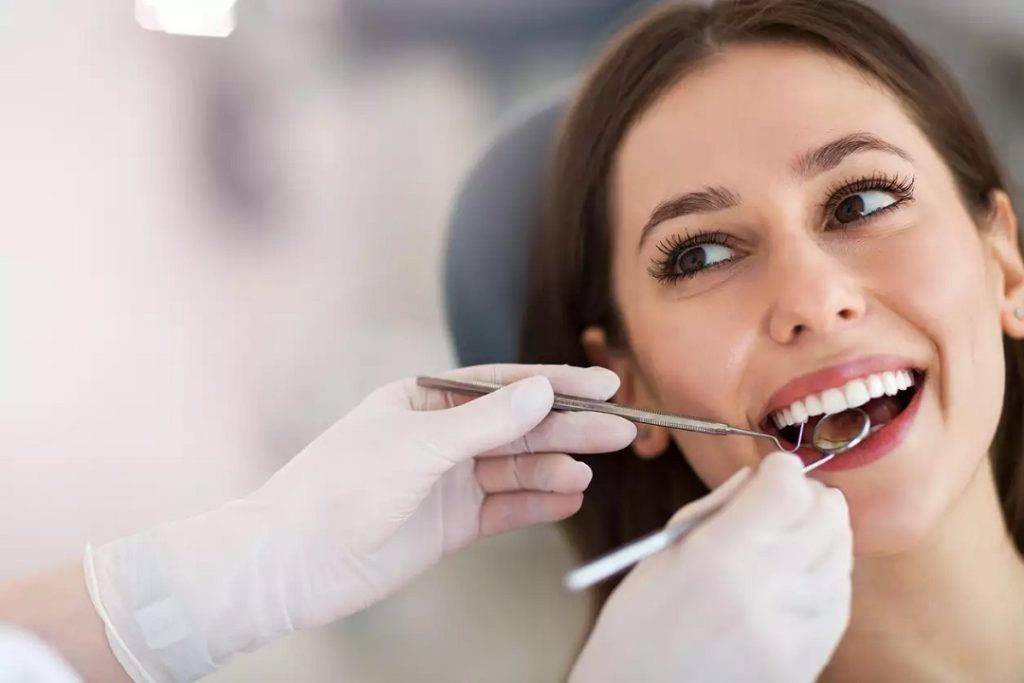

What are other options to the approach you're suggesting?.Will my dental insurance cover the treatments you're recommending?.What kinds of tests, if any, do I need?.Questions to ask your dentist may include: All medicines you take, including over-the-counter medicines, vitamins, herbs or other supplements, and the doses.Key personal information, such as any medical conditions you may have.Any symptoms you're experiencing, including any that may not seem related to the reason for your appointment.

Here's some information to help you get ready for your appointment. Depending on how severe your periodontitis is, your dentist may refer you to a specialist in the treatment of periodontal disease called a periodontist. You may start by seeing your general dentist.
Remove tartar from teeth professional#
Get regular professional dental cleanings on a schedule recommended by your dentist.Use a mouth rinse to help reduce plaque between your teeth, if recommended by your dentist.Talk with your dentist or dental hygienist about what would work best for you. Other options include interdental brushes, water flossers or interdental cleaning aids designed to clean between your teeth. If it's hard to use standard dental floss, try a floss holder. Consider using an electric toothbrush, which may be more effective at removing plaque and tartar.Use a soft toothbrush and replace it at least every three months.Brush your teeth twice a day or, better yet, after every meal or snack.Try these measures to reduce or prevent periodontitis: This gel contains the same proteins found in developing tooth enamel and stimulates the growth of healthy bone and tissue. Another approach involves applying a special gel to a diseased tooth root. The material prevents unwanted tissue from growing into the healing area, allowing bone to grow back instead. In one approach, your dentist places a special type of fabric between existing bone and your tooth. This allows the regrowth of bone that was destroyed by bacteria. It also serves as a platform for the regrowth of natural bone. The bone graft helps prevent tooth loss by holding your tooth in place. The graft may be made from small bits of your own bone, or the bone may be made of artificial material or donated. This procedure is performed when periodontitis destroys the bone around your tooth root. This can help reduce further gum loss, cover exposed roots and give your teeth a better appearance. This is usually done by removing a small amount of tissue from the roof of your mouth or using tissue from another donor source and attaching it to the affected site. You may need to have some of the damaged tissue reinforced. When you lose gum tissue, your gumline gets lower, exposing some of your tooth roots. After you heal, it's easier to clean the areas around your teeth and maintain healthy gum tissue. Because periodontitis often causes bone loss, the underlying bone may be reshaped before the gum tissue is stitched back in place. This exposes the tooth roots for more effective scaling and root planing. Your periodontist makes cuts in your gums to carefully fold back the tissue. Flap surgery, also called pocket reduction surgery.If you have advanced periodontitis, you may need dental surgery, such as:

Sometimes oral antibiotics are needed to get of bacteria that cause infections. Topical antibiotics can include antibiotic mouth rinses or putting gel containing an antibiotic into gum pockets. Topical or oral antibiotics can help control bacterial infection. It also helps your gums attach to your teeth again. This helps prevent further buildup of tartar and bacteria. It may be done using instruments, a laser or an ultrasonic device. Scaling removes tartar and bacteria from your tooth surfaces and below your gumline. If periodontitis isn't advanced, treatment may involve less invasive procedures, including:

You have the best chance for successful treatment when you also have a daily routine of good oral care, manage health conditions that may impact dental health and stop tobacco use. The goal of treatment is to thoroughly clean the pockets around teeth and prevent damage to surrounding gum tissue and bone. A dental hygienist may work with your dentist or periodontist as part of your treatment plan. A periodontist is a dentist who specializes in gum disease. Treatment may be done by a dentist or a periodontist.


 0 kommentar(er)
0 kommentar(er)
